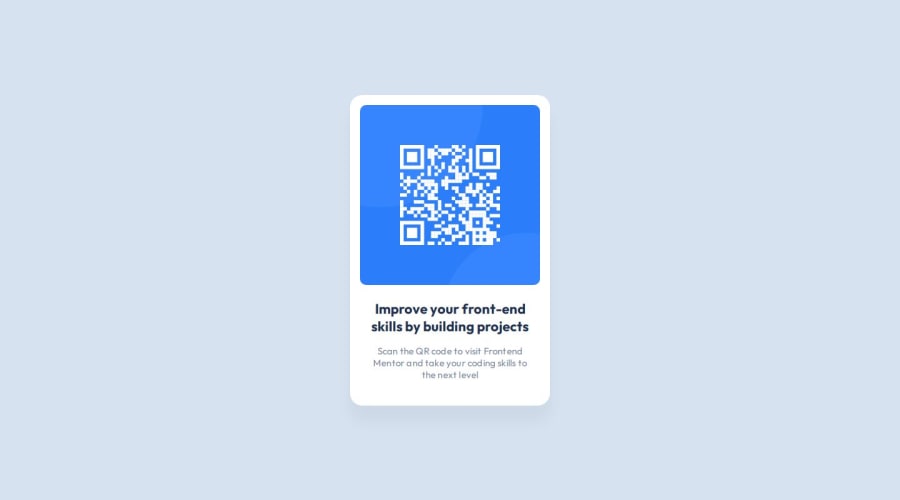
Design comparison
Solution retrospective
I'm very proud of the progress I've made in learning Git and GitHub. I didn't even know Git existed a few days ago. These tools are very useful, and I'm looking forward to developing my skills with them.
I'll make sure to use responsive instead of absolute link paths next time so I don't have to redo it.
What challenges did you encounter, and how did you overcome them?I didn't know why my image wasn't showing up on GitHub pages, the Frontend Mentor Discord Community helped me out (I was using absolute link paths).
What specific areas of your project would you like help with?Since I'm still a beginner, I would greatly appreciate it if someone could skim through my code and look for improvements related to accessibility and best practices. I want to ensure that I write as good of a code as possible.
Community feedback
Please log in to post a comment
Log in with GitHubJoin our Discord community
Join thousands of Frontend Mentor community members taking the challenges, sharing resources, helping each other, and chatting about all things front-end!
Join our Discord
